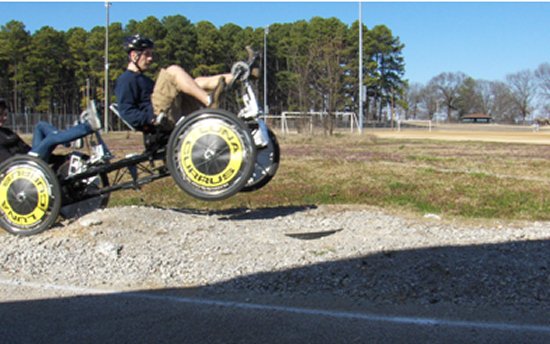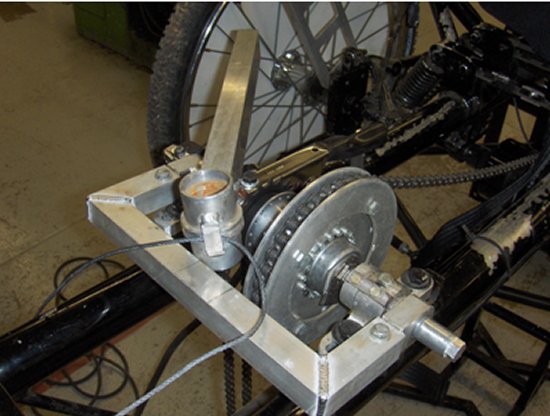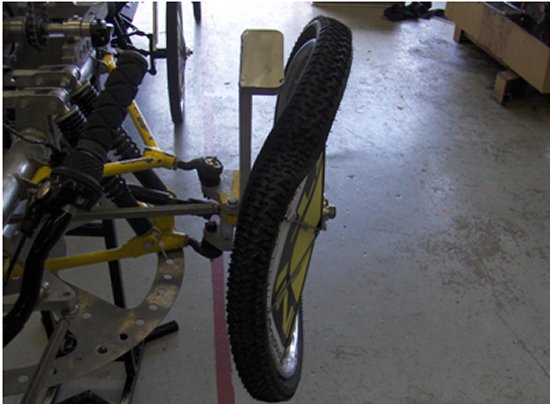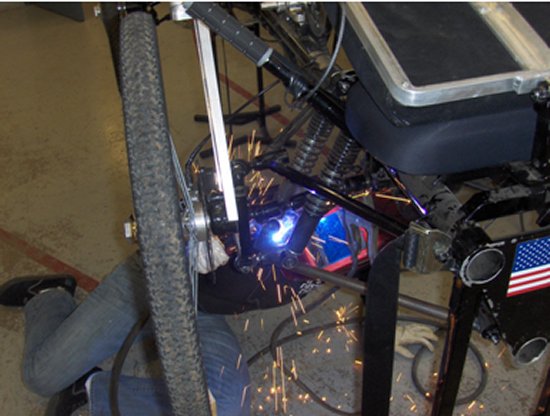Anne Geyer is a member of the German moonbuggy team. As I write this, she and her fellow racers from the German Space Education Institute are already in Huntsville. They’re doing some pre-race sightseeing — and engaging in some friendly competition with teams from the Huntsville Center for Technology, the Madison County Career Technical Center and fellow early arrivals from the Punjab Engineering College in Chandigarh, India!
Here’s Anne’s reminiscences on her trip across the pond (with thanks to translator and fellow team member Thommy Knabe).
The long journey (March 26-27, 2009)
After packing hours it is at last so far. The Moonbuggy is disassembled, labeled and packed into 12 suitcases. Relief, because it became once again late. However, an important component of our Moonbuggy is still missing. The cable harness for the telemetry must still be soldered. Interested I look over Thorsten’s shoulder, nevertheless in fact I can help him unfortunately not. And so it comes that Lisa and I are ready by 1 o’clock with our work and can still sleep for a few hours. While Ralf and Thorsten go on tirelessly and make the last preparations.
However already 3:30 o’clock we have to get up. In the kitchen Yvonne waits for us. She regret that she isn’t able to come with us, because she disassembling a children. Quickly we put on the team T-shirts. Then everything happens very quickly. The suitcases are gotten, a last once weighed and loaded onto the trailer. Also our hand luggage enriches with that or other part. We starts 4:15 o’clock with a little delay. Our first destination is Frankfurt. However, already on the first meters the convoy is stopped. Thorsten, Fabian and Christian get into a routine traffic control. Much more I don’t realize from the journey, because the short night requires their toll and I fall into a deep sleep.
Arrived in Frankfurt we have to wait again. Another two and a half hours up to the takeoff. Fabian, Ralf and Thorsten drive the cars and the trailer to a parking place and nevertheless the rest fits onto the baggage. Another one hour up to the takeoff. Impatience spreads. Why do they not return? Now they come running through the check in hall. The time is urgent. And that also the nice ladies at the baggage tasks mean. Everyone gives up two suitcases and sorts his hand luggage. And already it goes on for the security controls. Putting aside everything with metal and getting laptops out of their bags. After nevertheless Fabian had to subject itself to another more precise search, the Boarding can begin. 11:25 o’clock everyone sit on his seat facilitated. Next stop Cincinnati.
In the airplane it’s again time to relax. We read, write travel blogs and make Rubber bear- Gang-Partys celebrated. They all can’t Sleep in fact. On the one hand because the excitement and tension onto the imminent time is too large and on the other hand because nevertheless it is not very comfortable to sleep in the airplane. We land after 10 quite uneventful hours 16:40 local time in Cincinnati. And here the whole airport hubbub begins again. Entry control with fingerprint and photo, security gates, baggage fetch, baggage check in and wait again.
After we have eat something we mount 20:00 the very small airplane to Huntsville Alabama to the final destination of our journey. The one hour flight goes by quickly. Already we can recognize the Rockets of the U.S. Space & Rocket Center from the air.
In the airport hall, Mr. Turner the director of the Huntsville Center for Technology already waits for us. He organized the transportation of the suitcases to his school in which we can build up the buggy again. Monday at 8 o’clock we start. We only take the personal things with us to the motel.
The evening fades away with a dinner in Arbys and the happy feeling of being in Huntsville again — this city that formerly was magnet for young constructing engineers and becomes magnet again today through the new space programs. In any case I am very happy to be here and maybe to start my career in the industry of the space exploration here. Tightened onto the next day I close my day report at 23:50.
At home it is now 6 o’clock in the morning. A long day ends.
Discovering Huntsville (March 28, 2009)
Getting up at 8 o’clock. It is easier than I thought after that relative long night. Today we have no time pressure so I can have a longer shower and prepare myself for the day. The breakfast turns out to be a little bit strange for European tastes. We have cornflakes with 0.3% milk and bagels without anything.
Around 9 o’clock all are ready and we can set off after a group photo in front of our motel. Ralf shows us the city and tells us a lot about the changes in the last years here have carried out. Huntsville is a typical south states city. With the beginning of the space and rocket time houses and industry settled around the old town center.
The first stop of the day is on the rainbow mountain west from Huntsville. Here we visit the Headricks Ralf knows already since his first visit in the USA. Although it’s still relatively early, we are received extremely hospitably and feel well immediately. The conversation goes up to the extraordinary hobbies of the Headricks to our Moonbuggy about Huntsville’s space history and the anecdote of the first meeting with Ralf and Yvonne. Both drive motorcycle passionately with pleasure and own three BMW motorcycles that show it to us fully pride. Very amazing is also, that they made the lead glass windows in their house self. Similarly also the home cinema of the Headricks inspires us. An own room with comfortable armchairs and multimedia equipment. At least we are invited spontaneously to the dinner food with subsequent film for Wednesday, something we very delighted and thank accept.
Again in the car we continued our sightseeing tour. Ralf shows us a new shopping center in that we us to decide to eat. That is the bridge street town with exclusive businesses and artificial lakes. Then it goes on through the old town to the Mount Monte Sano. The mountain was settled in the 60s by German members of the von Braun team. Today still descendants of this engineers live there. So drive also to the house of Prof. Dr. von Puttkamer. Ralf can’t tell fast enough, he knows so many anecdotes and histories above this mountain.
Suddenly we stop at one small house. Walter Jacobi stands at the name plate. He is one of the last still living engineers of the Paperclip program. Without knowing whether he has time for us, Ralf rings. Spontaneously we are invited to a coffee. We sit down on the veranda and have many questions. Mr. Jacobi tells us about his work in Huntsville and about events from his life. It’s insanely thrillingly and interestingly to listen to somebody, who formed the beginnings of the space exploration with. But it makes me simultaneous sadly, however, that there are less and less people who can tells us and that the entire knowledge and the experience of this old generation for future generations goes lost. However this that makes this conversation very unique and moving does, because who can say from himself to have talked to one of the founders of the present space exploration.
After the cordial discharge we keep on going to the Tennessee River. Hardly there arrived it starts promptly raining and a short thunderstorm moves over the country. However, after short waiting the sky clears up again and the sun shines. We get out and walk onto the shore. The air feels cleanly and smells of rain wonderfully. Because it is already relatively late we can gaze a wonderful sunset. After many photos it goes on to the supermarket in order to enlarge the offer of our breakfast. After that we still go into a small restaurant named Humphreys , where we make the evening finish and wait until Thommy arrives.
More to come from the German team and others, including some great photos and some pre-race thoughts from Anne’s teammate Thommy. If you’d like to drop the German team a line, they’re always thrilled to talk GMBR and space education: moonbuggy@spacepass.de.


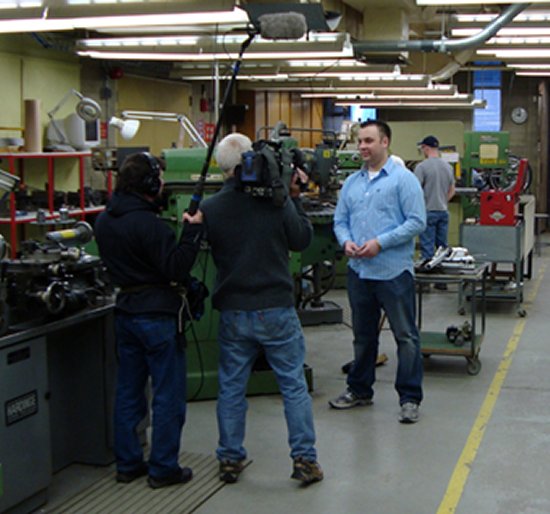
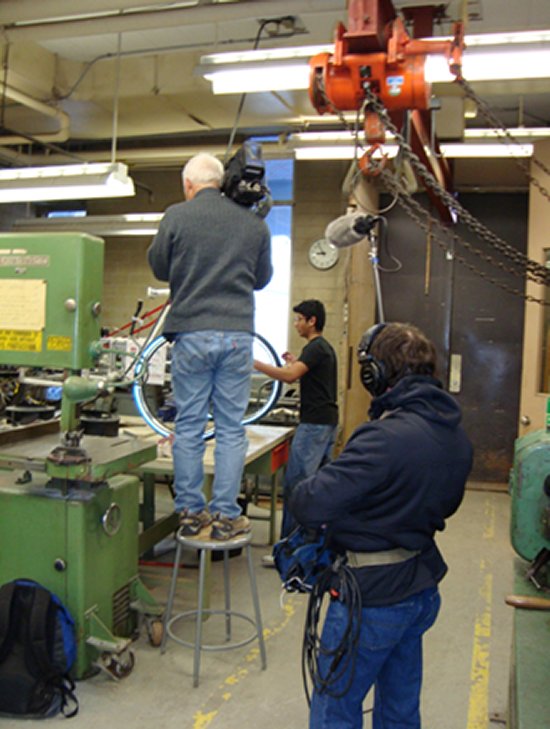
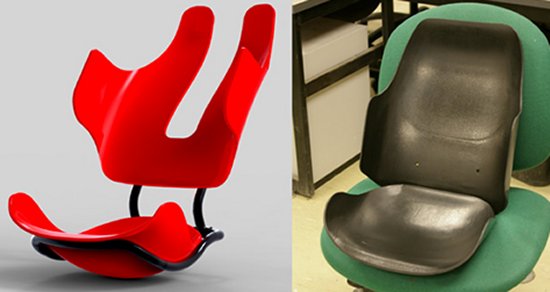
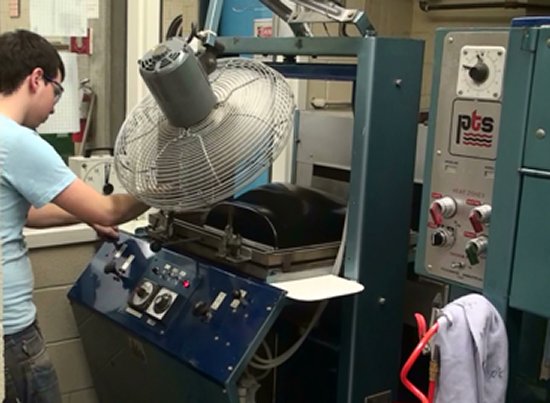
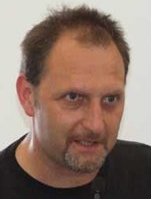 Ralf Heckel’s got an update on technical work being concluded on the German moonbuggy. His team is preparing to depart for the United States at the end of this week. Race time is nearly upon us!
Ralf Heckel’s got an update on technical work being concluded on the German moonbuggy. His team is preparing to depart for the United States at the end of this week. Race time is nearly upon us!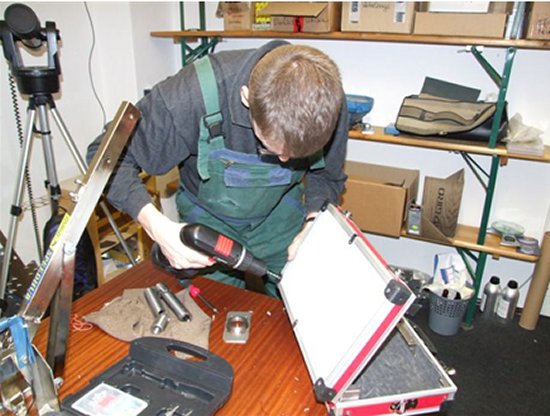
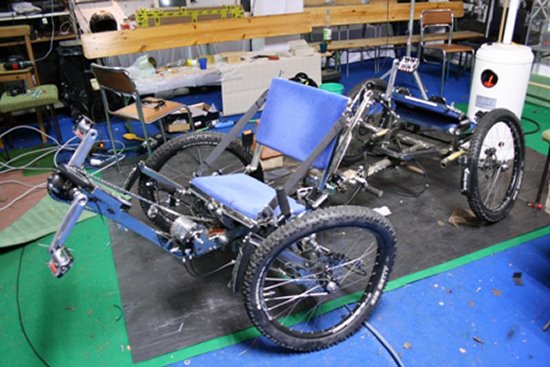
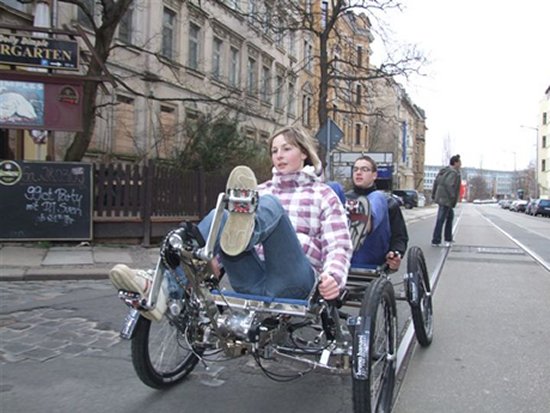
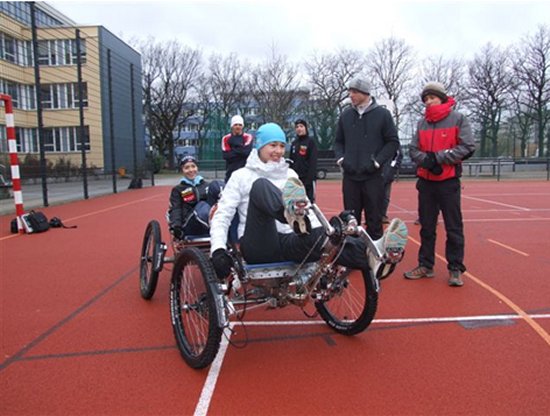
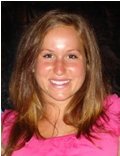 Here’s Lindsay Los with more news and insight from the
Here’s Lindsay Los with more news and insight from the 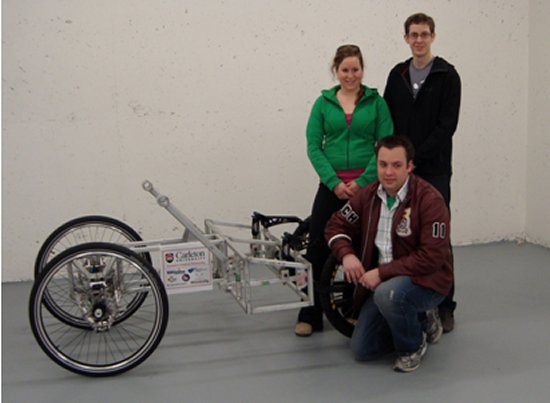
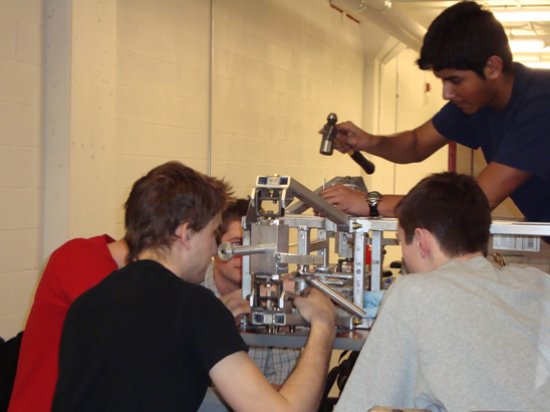
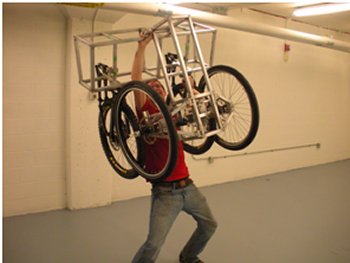 Brian Mattock, moonbuggy tech manager
Brian Mattock, moonbuggy tech manager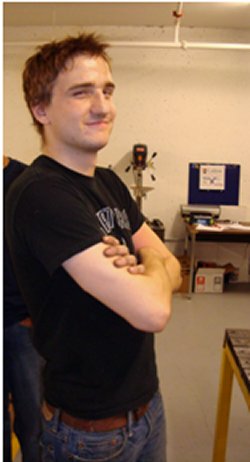 Chris Polowick, team welder/all-around superhero
Chris Polowick, team welder/all-around superhero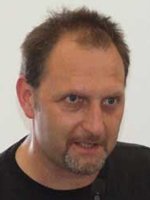 Ralf Heckel’s back with a spotlight on the German Space Education Institute and its 2009 moonbuggy team.
Ralf Heckel’s back with a spotlight on the German Space Education Institute and its 2009 moonbuggy team. 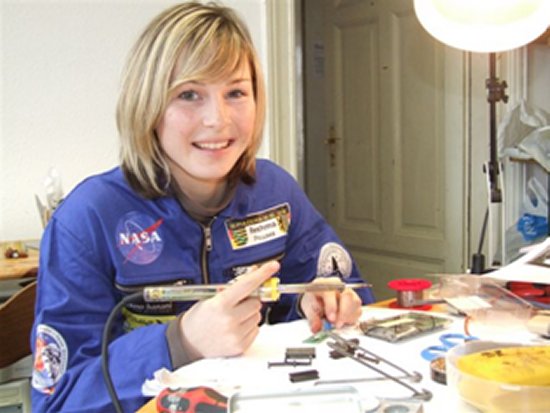
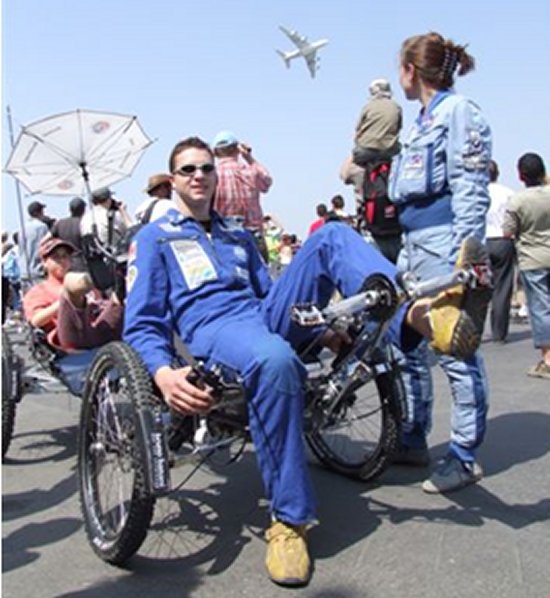
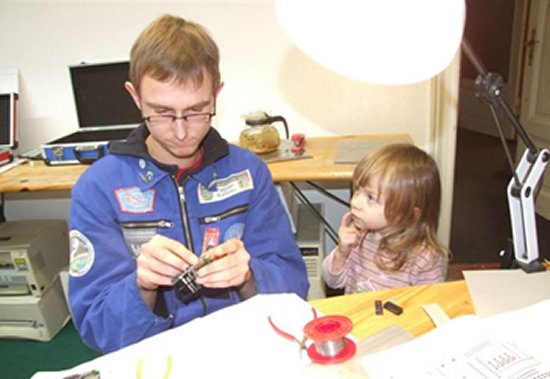
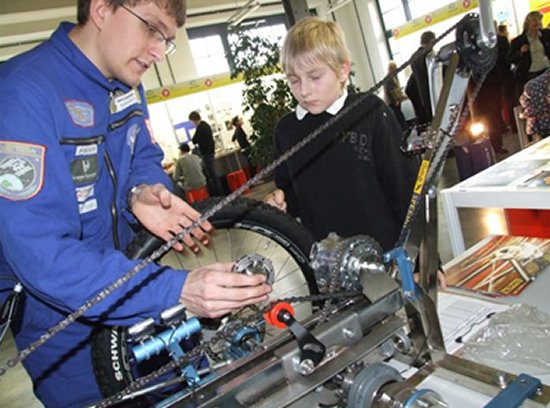
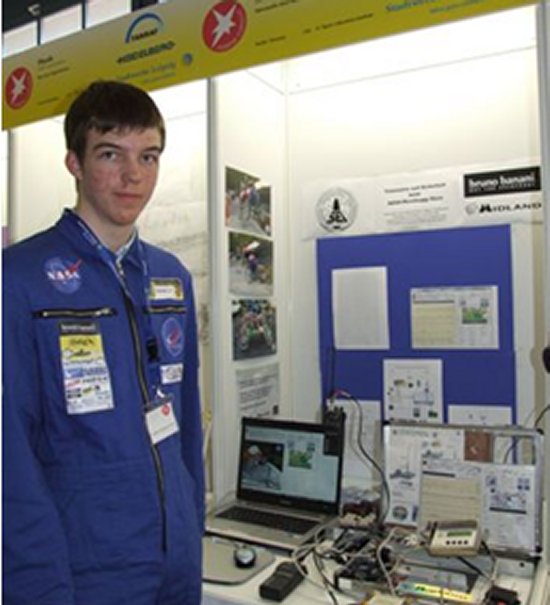
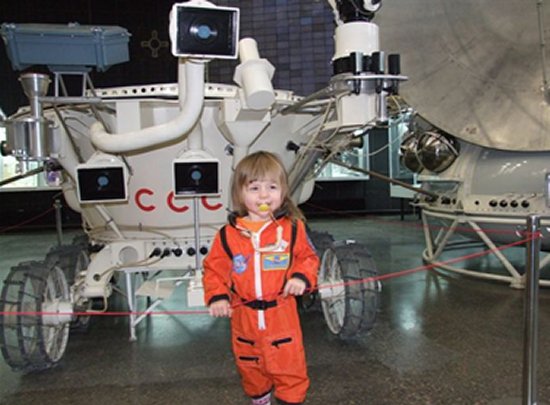

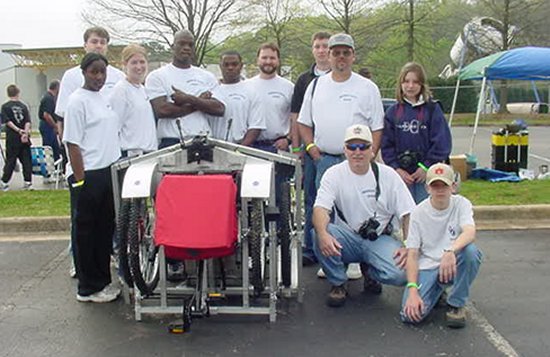
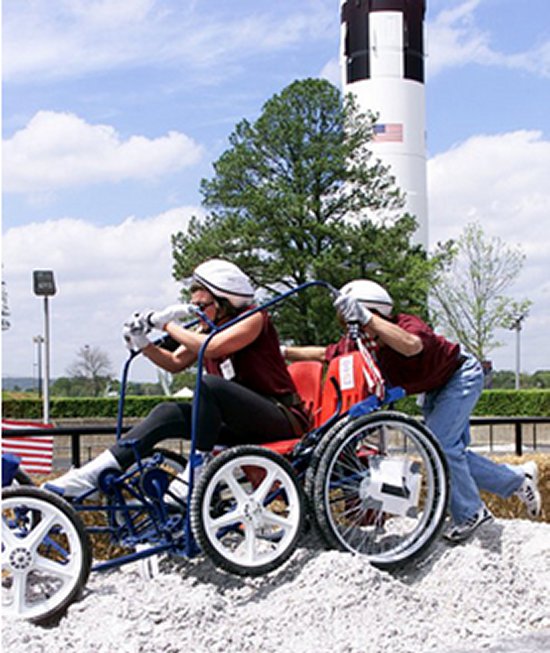
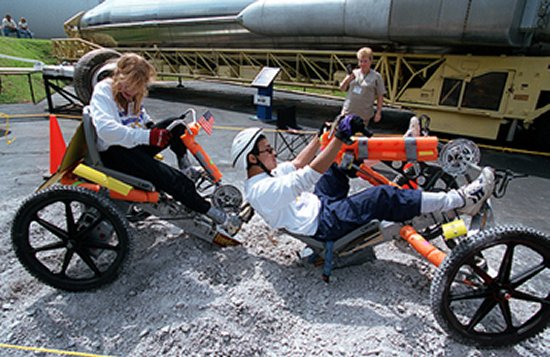

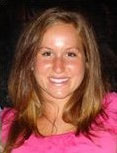
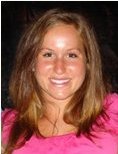 With midterms behind her, Lindsay Los checked in this week with news from the
With midterms behind her, Lindsay Los checked in this week with news from the 